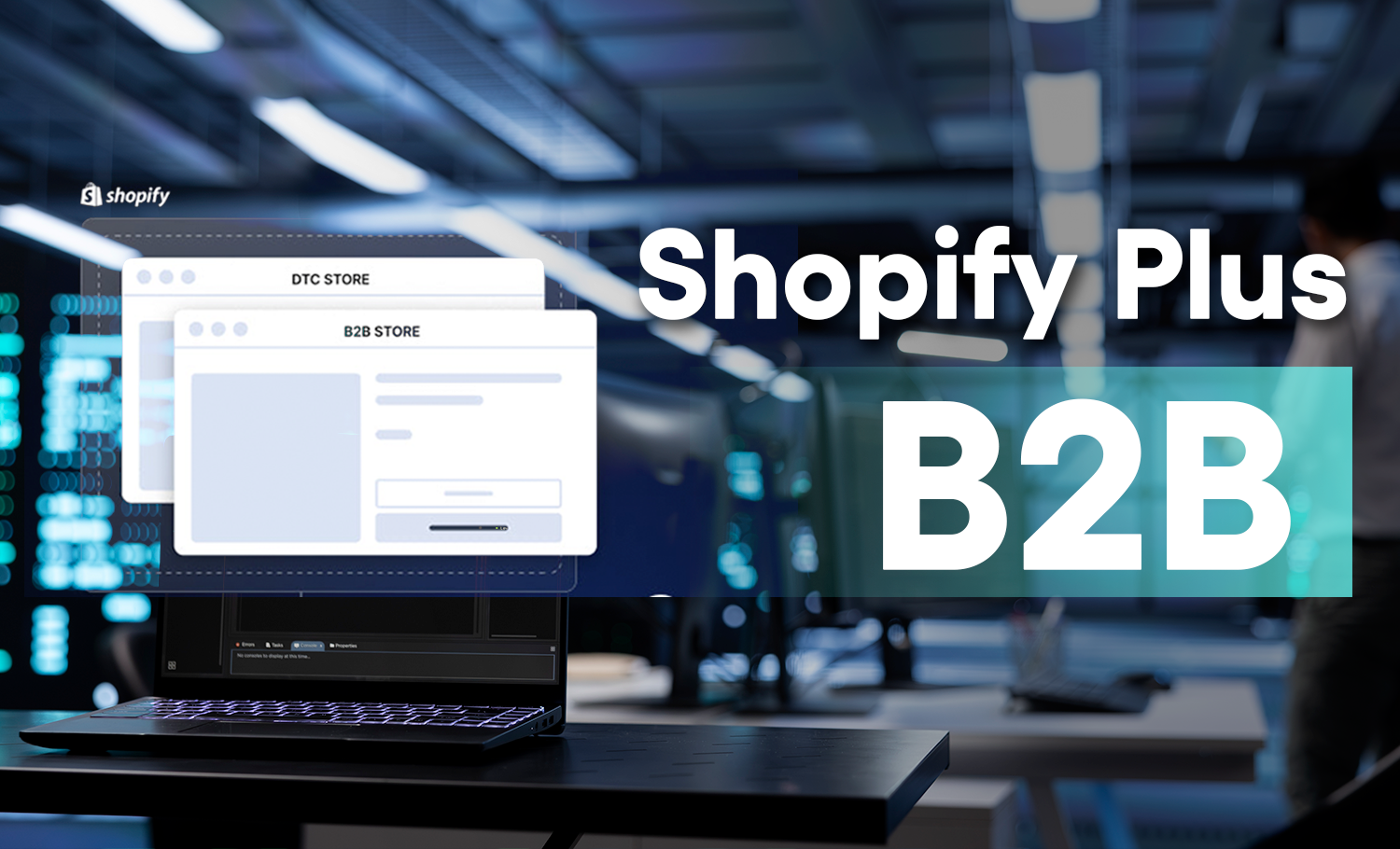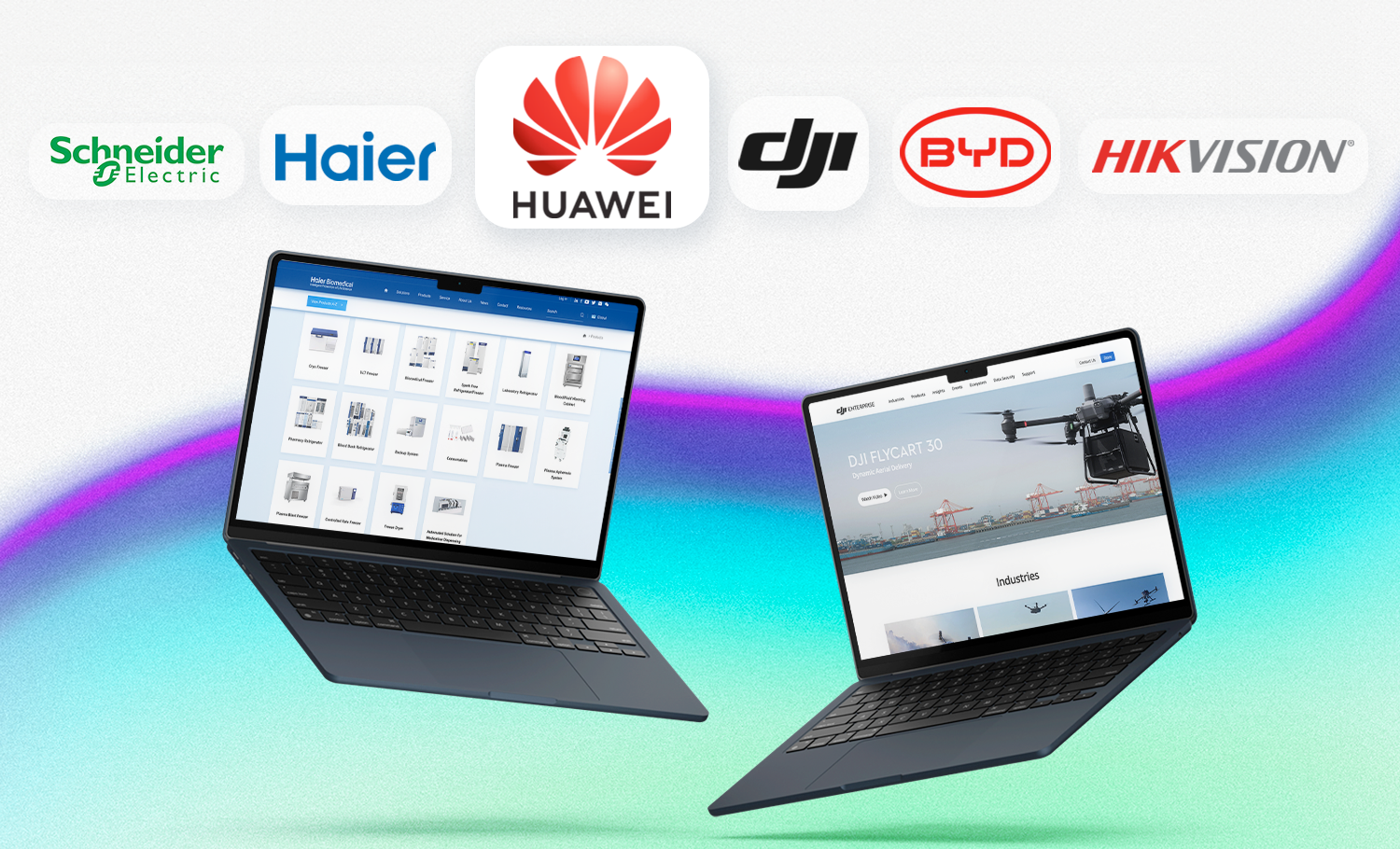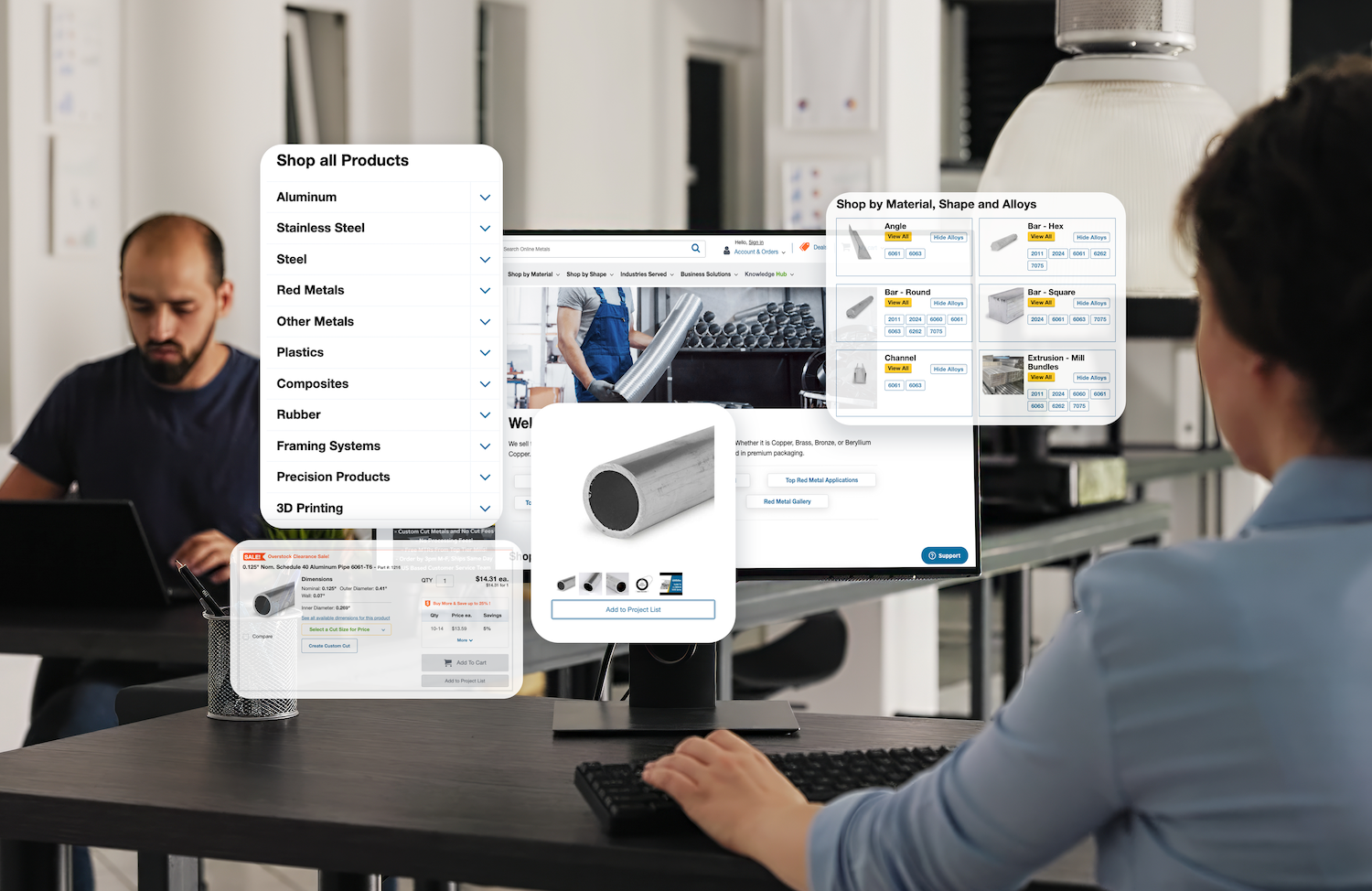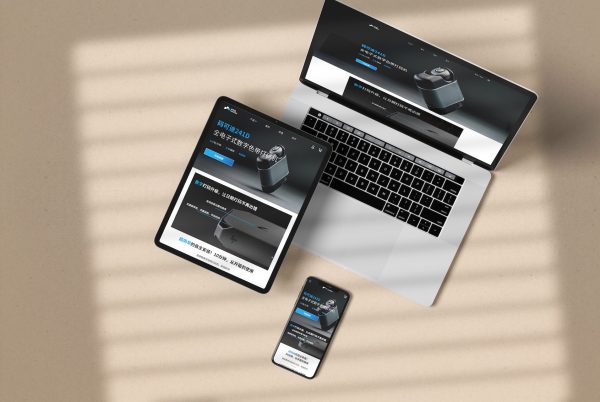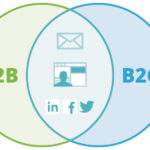It’s no secret that many companies struggle with the concept of B2B eCommerce. According to a eCommerce Report, 96 percent of B2B brands find it hard to provide intuitive and user-friendly interfaces, while almost half believe it’s difficult to manage complex organizational structures such as different user roles and multiple business models, touch points and data domains.
Many B2C and B2B eCommerce best practices are similar. So take a look at these to get a sense of what you’re up against. Then, simply pick the best partner for your integration, consult with them on the best technology for your business, and follow these best practices:
1. Implement a premium user experience
As more and more B2B buyers clamor for enhanced user experiences, those who respond with robust online commerce capabilities will gain revenue and global market share, while those that ignore the B2B eCommerce imperative will gradually become irrelevant to large sections of the marketplace.
2. Mobile optimized or mobile friendly
The ongoing debate rages between building “responsive” pages that adjust to the screen size of the viewing device versus building specific content for specific screen sizes. The answer is really in understanding how your customers will use your site on a smaller mobile device. BE the customer. What will they want to DO while they are mobile – it’s not likely to be reading lengthy content. Once you know, design your mobile content with that in mind. Then, with that as the base framework, add content detail that will be available on the desktop/laptop/tablet site. This creates that synergy in your communications across all devices, yet differentiates each to leverage the advantages of each.
3. Offer tools for buying efficiency
Bulk, repeat, and scheduled ordering are all very common in B2B eCommerce. Support for these features is a must-have for any B2B eCommerce site that hopes to compete. Companies also prefer the ability to leverage quick ordering capabilities.
4. Customer centered Site Content Map
Have you ever visited a web site that appeared to be well done, however when you tried to find what you needed, you couldn’t ? Highly likely it was organized to fit the company structure, versus being organized to fit the way a customer sees the company’s products or services. If you need to visualize the difference, contact me and I will share one company’s site with two different Content Maps and you can see which makes more sense to you.
5. Maintain real-time inventory levels and pricing accuracy
Industry leaders use specialized tools to ensure their business is always on top of shipping, order fulfillment, and accounting. Inventory control tactics prevent customers from inadvertently making orders that cannot be fulfilled, and provide suppliers with insight into exactly what’s going on at their warehouses and fulfillment centers.
6. Offer different incentives and promotions and spiffs per customer
Best-in-class B2B eCommerce sites use customer segmentation to offer customer-specific promotions and incentives as a way to drive volume, increase conversion rates, boost average order value, reward loyalty, and even clear out inventory. Of course these promotions can be a challenge to manage, but with the right platform and partner, you can easily configure the technology so it’s easy to manage and integrate promotions by customer.
7. Integrate with all back-office technologies
The key here is in the word “all’. Don’t wait to integrate with your EDI, CRM, ERP, PIM, OMS, and any other system involving your business. It will cost more money to re-enter the data later when (not if) you need to do so. In the short term, partial integrations can cause inefficiencies and duplication of effort in the back office.


